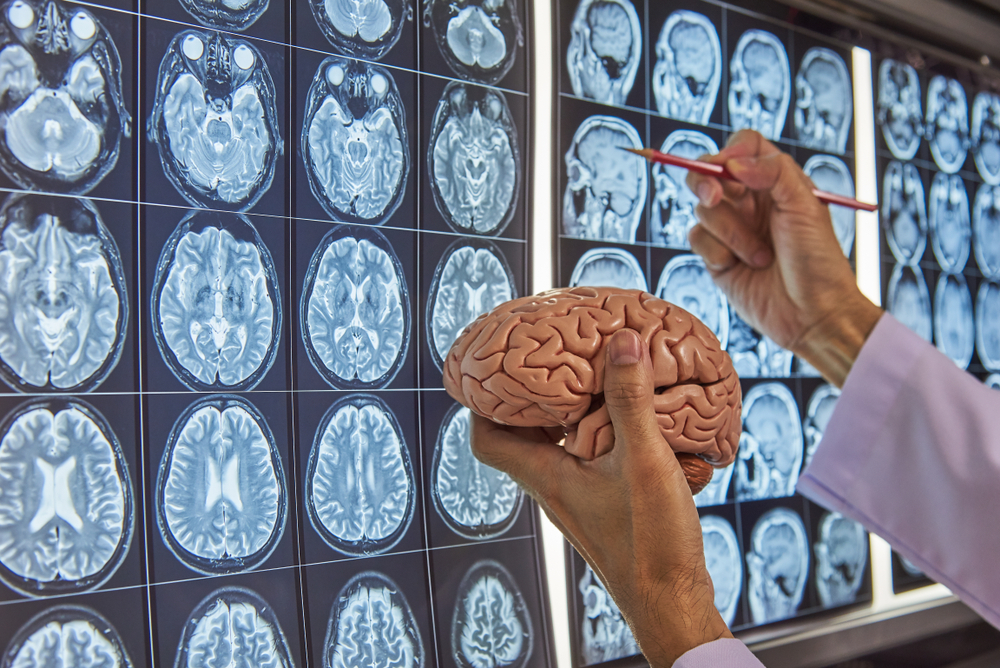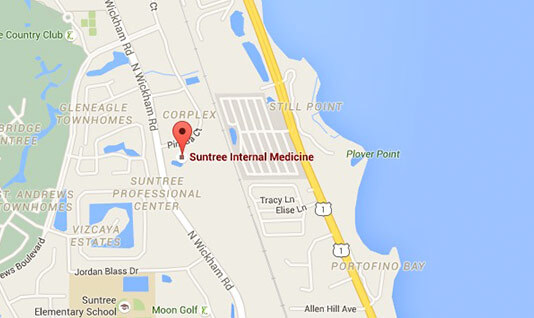August is Neurosurgery Awareness Month
Posted on: August 19, 2021

During the month of August, time is taken to acknowledge Neurosurgery Awareness and along with Neurosurgery comes a wide variety of Neurological conditions. Some of the most common conditions in the Neurological field are traumatic brain injuries, sports-related head injuries and sports-related neck injuries. Traumatic Brain injury is common in the United States and the CDC states there are an estimated 1.5 million Americans who sustain a TBI (traumatic brain injury) per year. Unfortunately, traumatic brain injuries are a leading cause of disability and death among children and young adults. We’re going to take a look at various kinds of TBIs, after a brief description of the history of Neurosurgery.
According to Merriam Webster, Neurosurgery is defined as surgery of the nervous structures (such as nerves, the brain, or the spinal cord). Neurosurgery can be lifesaving and benefits the lives of patients around the world.
This may come as a surprise to some, but neurosurgery has been around for more than 1000 years! Abulcasis is touted by some as the father of modern surgery and wrote a variety of documents on neurosurgical diagnosis and treatment. Fast forwarding approximately 800 years, in 1879 to be specific, the first successful brain tumor removal surgery was performed by Scottish surgeon William Macewen.
Fast forwarding again to today, the innovative and cutting-edge technological advances made by mankind allow us to treat a plethora of conditions, including but not limited to; brain tumors, brain hemorrhages, spinal disc herniation, cervical and lumbar spinal stenosis and Hydrocephalus (excessive fluid build-up in fluid containing cavities of the brain).
Different Types of Traumatic Brain Injuries
- Contusion - A cerebral contusion is a bruise of the brain tissue and is potentially very serious since it can cause bleeding and swelling in the brain. Treatment can vary depending on the severity of the injury. For example, a mild injury will lead to conservative treatment including a short hospital stay, being monitored, ice and pain medication. If the injury is more severe, the patient will be monitored for signs of increased intracerebral pressure (ICP) which is pressure inside the skull. Even a minor amount of swelling in the brain can cause too much pressure, which can increase the risk of brain damage. If the contusion is severe, surgery may likely be required.
- Intracerebral Hematoma - Intracerebral Hematoma is when blood collects within the brain tissue. Treatment requires emergency care and observation, blood pressure can be managed through medication and, in severe cases, surgery may be required. Hematomas that are small and produce no symptoms or signs don’t need to be removed. However, monitoring may be required because signs and symptoms can appear or worsen days or even weeks after the injury occurs. (MayoClinic.org)
- Intracerebral Hemorrhage - An intracerebral hemorrhage is an emergency condition in which a blood vessel in the brain ruptures and leaks causing bleeding and the accumulation of blood inside the brain. Symptoms can include headache, paralysis in face, arm or leg, tingling sensation in face, trouble swallowing, loss of balance/vision and loss of consciousness.
- Subarachnoid Hemorrhage - A subarachnoid hemorrhage is bleeding within the subarachnoid space, the area between the brain and tissue which covers the brain. This type of hemorrhage can cause severe and sudden headaches, nausea, vomiting and loss of consciousness. Treatments for the ‘bleeding stroke’ will likely focus on stabilizing the patient's condition. After stabilization and diagnostic testing, surgery can play a key role in achieving the best possible outcome. Long term treatment involves addressing risk factors that could have assisted in triggering the hemorrhage.
- Diffuse Axonal Injury - A Diffuse Axonal Injury is a severe condition in which a TBI (traumatic brain injury) occurs and produces brain lesions in the white matter of the brain, this occurs in multiple areas of the brain. Specific symptoms can vary greatly depending on which area of the brain is affected, and symptoms can even mirror the symptoms of other brain injury types. This type of injury can be caused by violent blows to the head or other events in which the head (and brain) is shaken. This can include sporting injuries, car accidents, falls and shaken baby syndrome, for example.
- Ischemia - Ischemia is a reduction of blood flow which results in decreased oxygen and nutrients to the brain tissue. Ischemic stroke is one of the 3 types of stroke which is caused by a blockage in an artery that supplies blood to the brain. Brain ischemia can cause sensory, motor and cognition problems. The results can lead to the damage or death of brain cells. Treatments can include intravenous medication, medication and dietary modifications. Other aftercare measures can include physical, occupational and speech therapy to help teach new ways to accomplish everyday tasks.
- Skull Fractures - A skull fracture is a break in one or multiple bones out of the eight bones that form the cranial portion of the skull. This is typically the result of blunt force trauma. The fracture isn’t always easy to see, and treatments can vary depending on the severity. Symptoms may include facial bruising, bleeding from the nostrils or ears and swelling and tenderness around the area of impact. With mild fractures, pain medication may be the only treatment. Depending on the location of the fracture and how the injury was sustained (car accident, ground, an object, or other type of accident) will determine the treatment and surgery if needed.
August is the month of awareness for neurosurgery, and traumatic brain injuries are a leading cause for neurosurgeries throughout the US. Through information, we aim to keep the community informed on these various types of brain injuries and treatments. Thankful to the advancements in the medical community that allow Neurosurgeons to assist and help people in ways never possible, one patient at a time.




